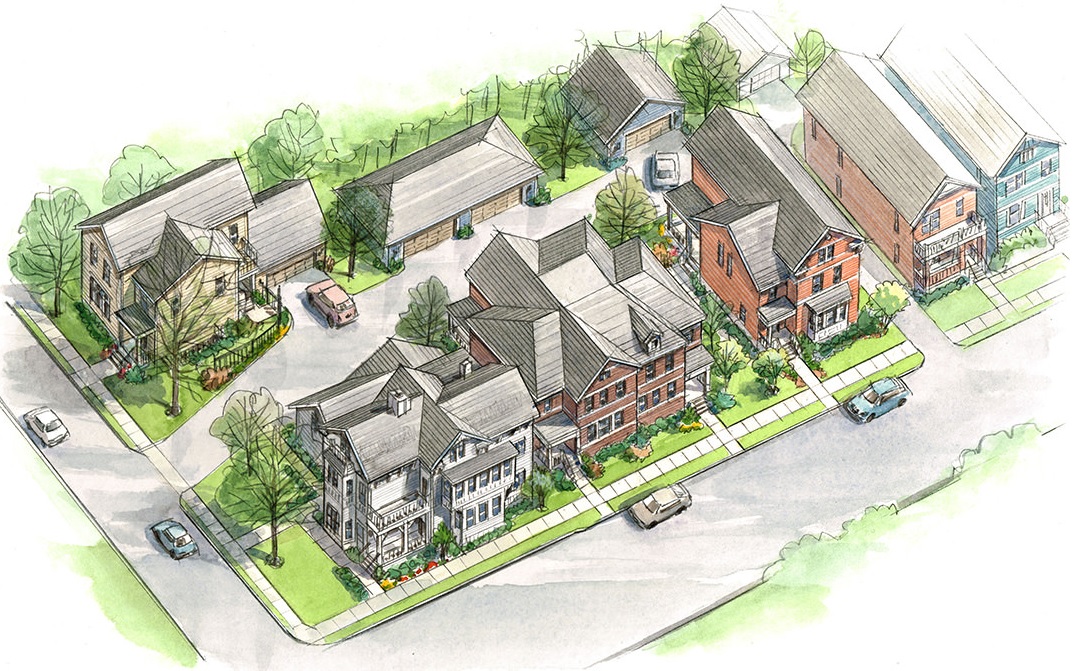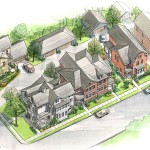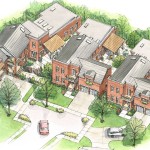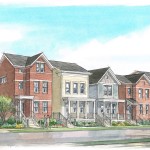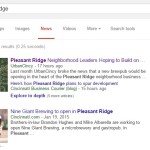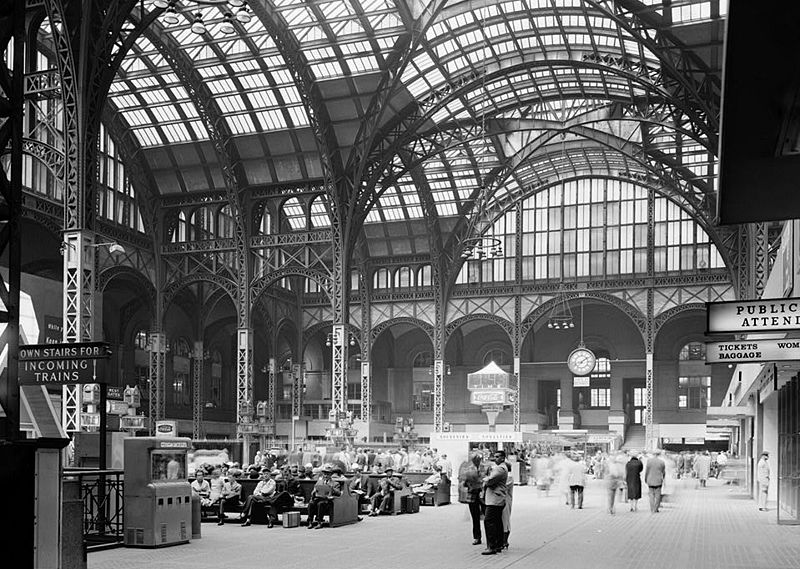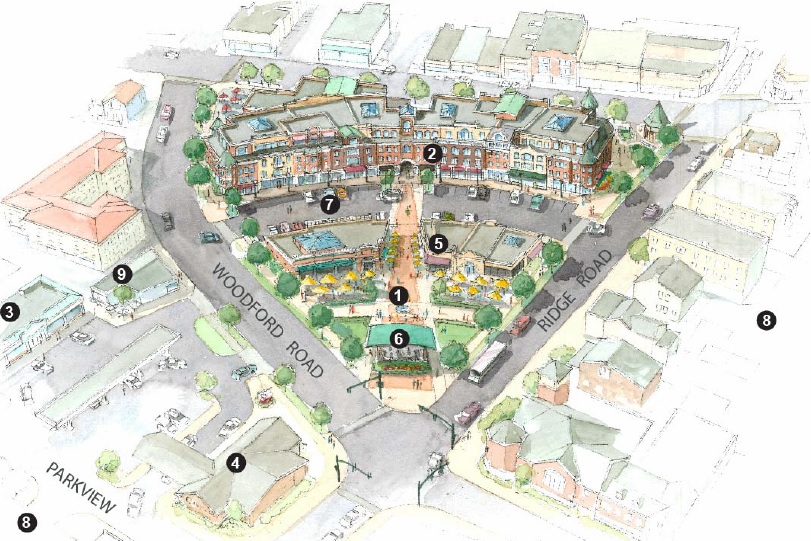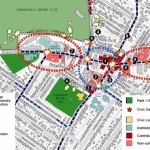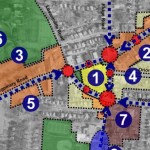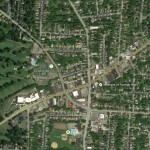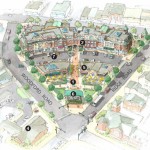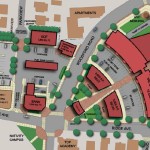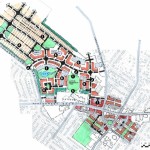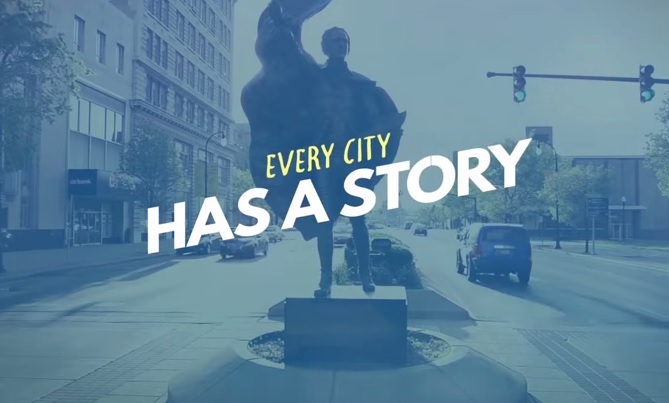The City Series is an interesting and somewhat new approach for urban housing development in Cincinnati. Instead of pursuing big developments with a large amount of land, or the redevelopment of existing structures, it instead is focused on challenging infill sites.
Leadership at Great Traditions and D-HAS, which is overseeing The City Series, say they chose the sites due to their walkable environments. They believe that the city’s neighborhoods represent the most important aspect of real estate today – walkability.
In addition, the development team says that they were attracted to each particular site cluster, of which they currently have three, because of its distinctive character. As of now their sites are located in Northside, O’Bryonville and East Walnut Hills.
So far, it seems as though the team’s assessment is correct. Two of the five currently available homes located on Gold Street in O’Bryonville and Cleinview Avenue in East Walnut Hills have already sold. With six more homes coming soon, the team expects that number to quickly rise.
What is also unique is that in each case the homes are being built in line with traditional design characteristics of their neighborhood surroundings. But starting at $595,000, the homes in East Walnut Hills and O’Bryonville are also being priced higher than most nearby properties. In Northside, the townhomes will range from $250,000 to $350,000.
The four homes on Cleinview Avenue are being built around an 1860s servant’s house from the original Klein Estate – the developer of the neighborhood in the late 19th century. In this case D-HAS came up with a design solution that uses three variations on an open floor plan, with car access coming through a rear yard with detached garages. This, the design firm says, allows the new homes to contribute to the streetscape at a pedestrian scale – no curb cuts to accommodate cars – and match the historic nature of the neighborhood.
About a mile east on Madison Road is the three-home Gold Street development, which actually sits on a road named Paul Street. Sitting at the end of a narrow side street, the site is within easy walking distance of both the Hyde Park and O’Bryonville business districts. For this development, D-HAS says that they looked to maximize the use private outdoor space in spite of the site’s difficult location and terrain.
Across town sits the team’s newest announced project on Fergus Street. Like the other projects, the five homes in this development are located in the heart of a historic neighborhood and feature a design reflective of its roots. Due to the differences of Northside compared to the other two neighborhoods, these homes are slightly smaller, but have the added benefit of being next to a neighborhood playground.
“We worked with the community groups – Cincinnati Northside Community Urban Redevelopment Corporation (CNCURC) and the Northside Community Council to design a series of homes that would be a catalyst for the surrounding neighborhood”, explained Doug Hinger, owner of D-HAS and President of Great Traditions. “There are a lot of very cool and committed people in Northside that have been active for decades and I really enjoy our partnership.”
Driven by his passion for urban design, Hinger said he established D-HAS to provide a vehicle for his architectural pursuits. And from a business standpoint, he said they saw an opportunity to start these three smaller projects as a way to bridge the gap to bigger sites and see how designs in walkable neighborhoods like this will be accepted.
“We have found value in several facets,” Hinger told UrbanCincy. “Probably the biggest value is that we’re growing the business and developing a body of work that we can take into other Cincinnati neighborhoods.”
Great Traditions and D-HAS believe they are off to a good start, and hope to use these developments as a foundation for more projects like on a somewhat larger scale.
“We’re always looking for the next project and there are several neighborhoods where we think The City Series can work,” Hinter stated. Having a viable commercial aspect in place will certainly help bolster the prospects for scalable projects of this nature, especially since they are intending to push the boundaries of the current marketplace focus.
For many urbanists, the idea of scaling up the size of such an approach is an appealing one, and one that many thought would be the defining feature of Cincinnati’s annual CiTiRAMA home show. CiTiRAMA, however, has not yet been able to consistently produce successful urban infill in the way that Great Traditions and D-HAS are attempting to do.
Hinger’s hope is to make The City Series a citywide endeavor. If successful, Cincinnati’s urbanists may finally get the annual urban home show they have long desired.
